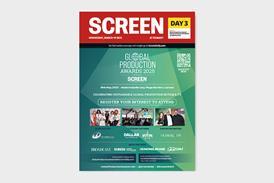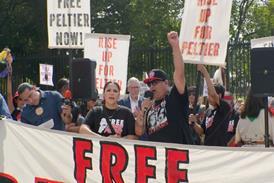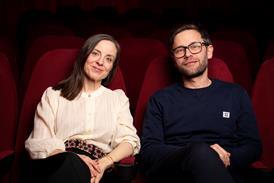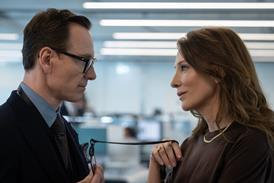The New York City-based director is in Toronto to present the world premiere of his city design documentary Urbanized, the third film is his design trilogy after Helvetica and Objectified.
Two and a half years in the making (with final funding raised on Kickstarter), the film shot in more than 40 cities and interviews experts including Norman Foster and Rem Koolhaas.
This topic is epic in scale, how did you even decide where to shoot?
We tried to look at different issues and specific projects that were addressing those issues. And Look at those issues in different cities to piece together a sort of composite city. We might look at traffic and public transportation in Bogota, but by looking at that specific project we can explore more global implications. We might look at housing in Santiago. There’s a lot of different projects and isseus that are universals that are facing every city in the world. That’s how we approached it.
Yes, you could do a 10-part series on one city’s design evolution. Some cities are shrinking, others are booming, every city has its sort of individual issues. But universally people need housing, good places to work, water, an easy way to get around the city — there are things that apply to every city and we look at the challenges our cities are facing. And we look at innovative solutions to those challenges.
What got you started thinking about the challenges facing cities?
When Helvetica came out I went to 100 cities for the screening tour, and I did something pretty similar to that for Objectified. So I think all that travelling and seeing different cities and meeting people who were designers and architects, that’s probably what got me so interested in urban design. People were doing some pretty amazing projects. I was always interested in architecture, and I thought maybe architecture would be the focus of the third film, but I think architecture in terms of city building was much more compelling.
Are there multi-platform plans for the film?
This is a project that could lend itself to the web in a lot of different ways. It’s about people sharing information about ideas or about their city. There’s going to be a small book that is going to come out in a box set with the three films, that has essays and behind the scenes information for all three films. And I’ve been approached to do a book version of this film and the other films too.
You’ve become a role model for filmmakers who want to self-distribute and create more of a ‘roadshow’ connection with their audiences as well as connecting with audiences online. Is that ever hard to maintain?
It’s all part of filmmaking. I don’t draw a line between the creative side of it and the outreach and the touring, and Twitter. The audience helps me find great projects to cover, there are projects in Urbanized that directly came from people responding to my questions on Twitter. Even going on the road and meeting people and talking to people after films is as much a part of the process for me as making the film. It’s like what I used to do with music, the touring is a huge part of it.
I never thought about going the traditional distribution route. The web continues to totally change the way that films can be released, its changed the role of the audience in the filmmaking process, and its changed the distribution process. The idea of territories doesn’t make sense to me anymore. Someone in Romania can just as easily log into our website as someone in Brooklyn. Carving up the rights for films and staggering the releases, I just think that approach is already on the decline and I think it will continue to fade away.





















No comments yet